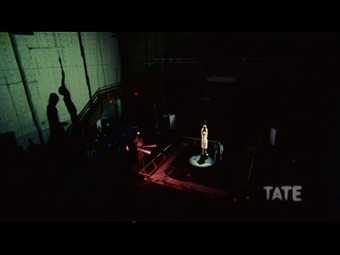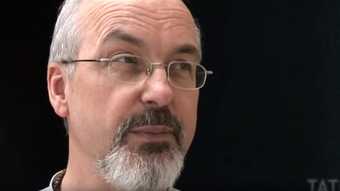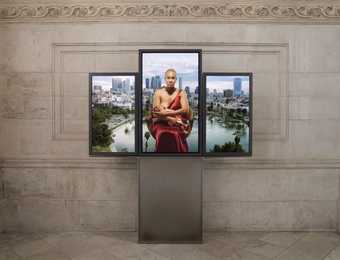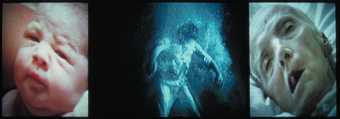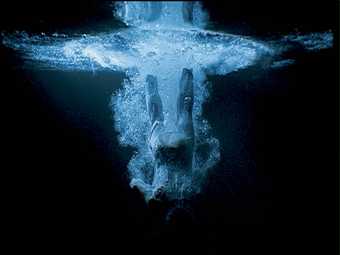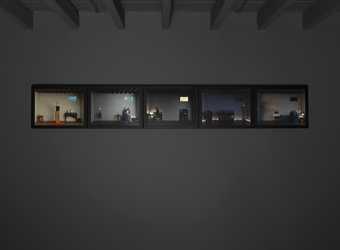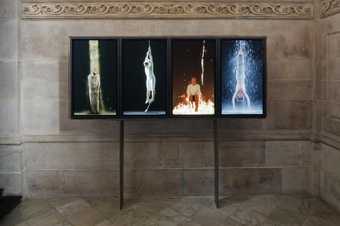For me to do something in St. Paul’s, now, in the Twenty-First Century is very different than if I had done it in the Twentieth Century. This place here has, probably, people of every faith and every ethnicity on the planet come through this place. And I think religion has always had a way to connect people and I think art has a tremendous, tremendous role to play.
When I started talking with the church about a piece it was absolutely perfect because the both of us were going really slow. It took, actually, years for this thing to, sort of, really connect and gel and then become what it is right now.
They told me that there had been some paintings there in the early part of the Twentieth Century. The subject matter of those paintings was Mary and martyrs. They said to me, well, you know, you don’t have to take on the subject matter if you don’t want to, but of course what they were really doing is throwing me a challenge, you know, can you do this. It’s really about what would you give your life for. I mean, that’s a huge question and that’s something most of us don’t have to face every day. So as an artist that was an incredible challenge.
Martyrs is a very striking work. It takes the four cardinal elements of earth, air, fire and water and you see a rhythm developing across the different screens as the elements envelop the figures. It speaks to a wider spirituality that he is concerned with but is open to a wider public.
We’re showing Tiny Deaths in the gallery in order to make a link across the river to the work that is being premiered in the cathedral. We thought we would go back to an early work to show the trajectory across 20 years of his career.
I think the relationship with Martyrs is the idea of the physicality of the body being disintegrated in which real deep concerns about where we are, where we’re going to have become the central activity around which Viola is making his work.
Immediately people say, oh its video, or, it’s a plasma screen. What I work with is light, I work with pure light. One of my main working methods is to reach the place of emptiness so that you don’t have another idea to fill that gap, you don’t really know what you’re going to do with the next moment and that’s when I, if I catch it right that’s when I turn on the camera.

